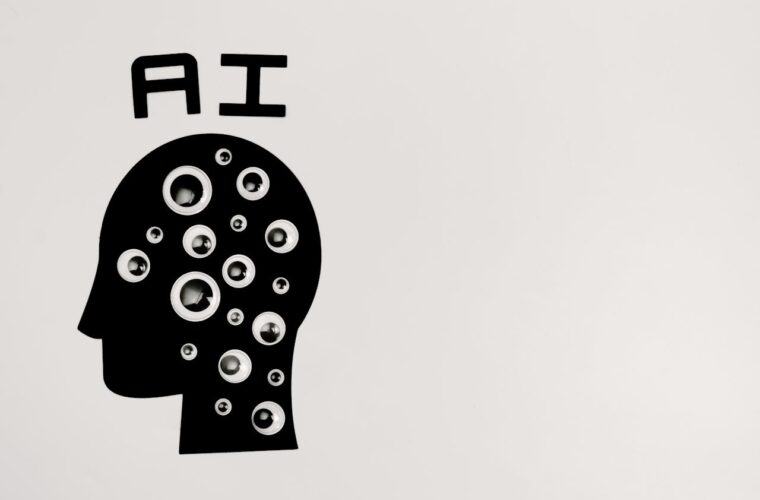
The initiative gives users access to manuals for over 200 individual parts and tools.
After being launched in the US earlier this year, Apple self-service repair programme has arrived in eight European countries. Customers will be able to perform many of the most common repairs on iPhone 12 and iPhone 13, along with MacBooks with Apple processors (i.e. not Intel models). “The Self Service Repair Store provides access to more than 200 individual parts and tools, as well as repair manuals,” Apple said in a press release. Parts and tools can be purchased from the online store in Italy, Belgium, France, Germany, Poland, Spain, Sweden and the UK.
Apple said these are the same parts and prices as those from authorized repair suppliers. Those who do not want to buy everything needed to unscrew and screw the devices can rent a kit for a week at EUR 59. Many tools are required to repair an iPhone 13, including a battery press, a display press, a cutter, various torque drivers and a magnetizer, so renting seems like a good solution.
Customers can return the replaced parts for refurbishment and recycling and potentially receive a credit to spend at the Apple Store. “We believe the best technology for our customers and the planet is technology that lasts, which is why we design our products to be durable and rarely require maintenance or repair,” said Jeff Williams, Apple’s COO. “But when a repair is needed, we want customers to have many options for safe, reliable and secure work.”
A few days ago, the French association ‘Halte à l’obsolescence programmée (Hop)’ (Stop Planned Obsolescence) filed a new complaint against Apple, the American smartphone giant, which it accuses of limiting the possibilities of repairing its equipment by unrecognized repairers. The association, which had Apple fined €25 million in the battery case back in 2020, is now pointing the finger at the so-called ‘serialization’ practice. A method that ‘consists of associating the serial numbers of components and peripherals of a product with that of the iPhone through, in particular, micro-processors. This practice also involves, as of recently, the parts most frequently subject to failure’, such as the screen, battery and camera, the association explains in a note.



